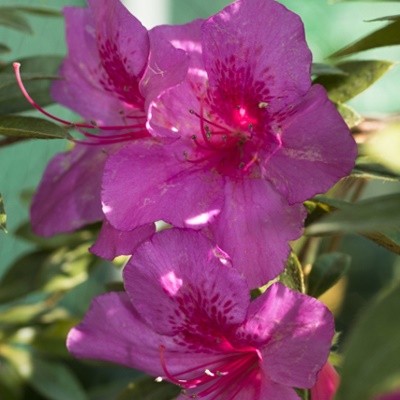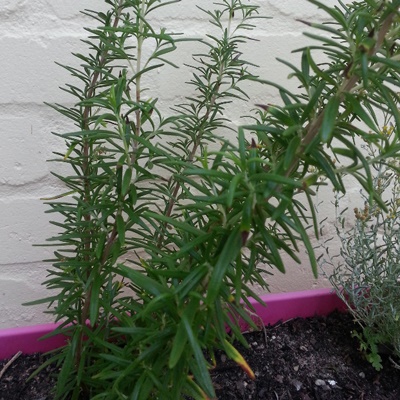But remember every now and again there are some beautiful days during June and July when you’ll want to head outdoors and enjoy the winter rays.
This is the time to use your pent up energy and invest in your garden for the spring. Just think of the wet weather as a bonus - no watering required!
On your to-do list for June
Plant and sow:
- Plant cool season bedding plants like alyssum, calendula, dianthus, lobelia, nemesia, pansies, sweet peas and violas
- Sow all members of the cabbage family (broccoli, cabbage, cauliflower, Brussels sprouts, ornamental kale) and other winter veggies like radish, leek, onion and spinach
- Plant liliums, azaleas and camellias in dappled shade
Feed:
- Feed lemon trees with 3:1:5 or 8:1:5. Correct yellowing leaves with a micro element mixture like Trelmix
- Feed bulbs (bulb food) and winter and spring-flowering seedlings (3:1:5) once every two weeks.Water weekly
- Check the edges of your sweet peas – if they look brown and papery, feed them with 3:1:5.



Images: Supplied
Prune:
- Prune autumn flowering shrubs like Pride of India, ribbon bush, wild dagga and barleria
- Remove side shoots from sweet peas to encourage strong upward growth
- Prune vines, as well as peach, plum and apricot trees at the end of June. Spray with lime sulphur after pruning
Pests and diseases:
- Look out for leaf miner on your cinerarias. Spray with organic Bioneem if required
- Keep spraying conifers with Koinor or Bioneem to ward off aphids. Insecticide granules can also be watered in at the base of the tree. There is one Capetonian who loves the rain and that’s our common garden snail
- Watch out for snails on your clivias, daffodils and young seedlings. Try organic snail bait like Ferramol, or surround precious seedlings with crushed eggs shells, sawdust or coffee grounds
Why prune in winter?
Many plants benefit from a general pruning during late autumn or early winter. These are the reasons you prune your plants
- Dense growth makes it very difficult for light and water – both essential for healthy growth to penetrate to all parts of the plant. Pruning allows the light in and ensures better air circulation (which means fewer cases of fungal diseases and insect pests)
- Old trees and shrubs tend to develop very long, spindly branches. Cutting these off forces the plant to sprout new, stronger branches or shoots
- Pruning can remove dead or diseased branches
- Pruning also helps to keep your garden neat and preserves any pleasant views that you may have from your garden
Herb of the Month – Rosemary (perfect with a slow cooked roast lamb)
Rosemary – known as a woody herb - is one of the easiest herbs to grow. It is incredibly hardy and will thrive as long as you plant it in a sunny spot where the soil drains well
In fact, the Latin generic name Rosmarinus means "dew of the sea" due to the fact that it often grows along the coast
Rosemary needs three essentials to thrive: sunlight, well-draining soil and sufficient air circulation

Image: Supplied
Grow your own Turnips
Turnips are a versatile root vegetable that can be eaten raw or cooked (depending on their size)
The smaller varieties are usually grown for human consumption, while bigger types (weighing up to 1kg each!) are grown as feed for livestock
Contrary to popular belief, turnips are entirely white-skinned. The ‘shoulders’ of the root turn purple, green or red
Spruce up your Ponds or Water Features
June is a good month to clean out your water features and ponds before the fish and frogs start to spawn in early spring. It may seem like an intimidating task, but our step-by-step guide makes it very simple
Here’s what you need to know:
- First use a bucket to remove any fish or other water life, along with a small amount of pond water
- Then drain all the remaining water from the pond, until only black sludge remains at the bottom of the pond
- This black sludge is full of beneficial nutrients, so carefully scoop it out and place it in your garden beds around plants that could do with an extra boost
- Leave a small amount of black sludge at the bottom of the pond – this allows for the reintroduction of beneficial microbes into the pond water
The Last Words ...
"To plant a garden is to believe in tomorrow." - Audrey Hepburn
Follow Women24 on Twitter and like us on Facebook.




 Publications
Publications
 Partners
Partners










